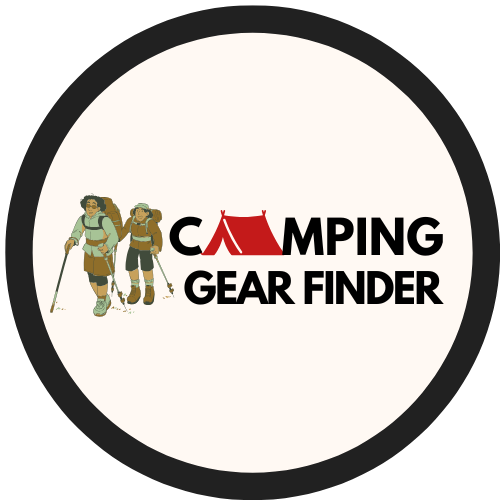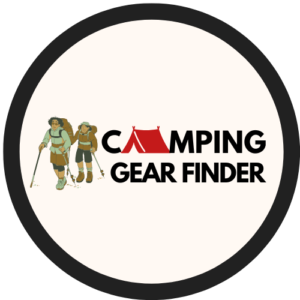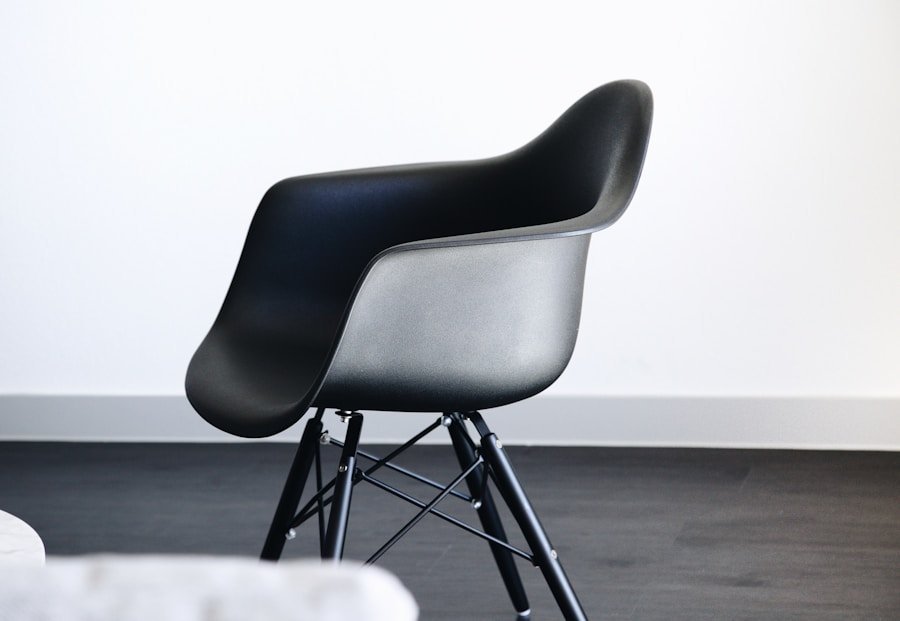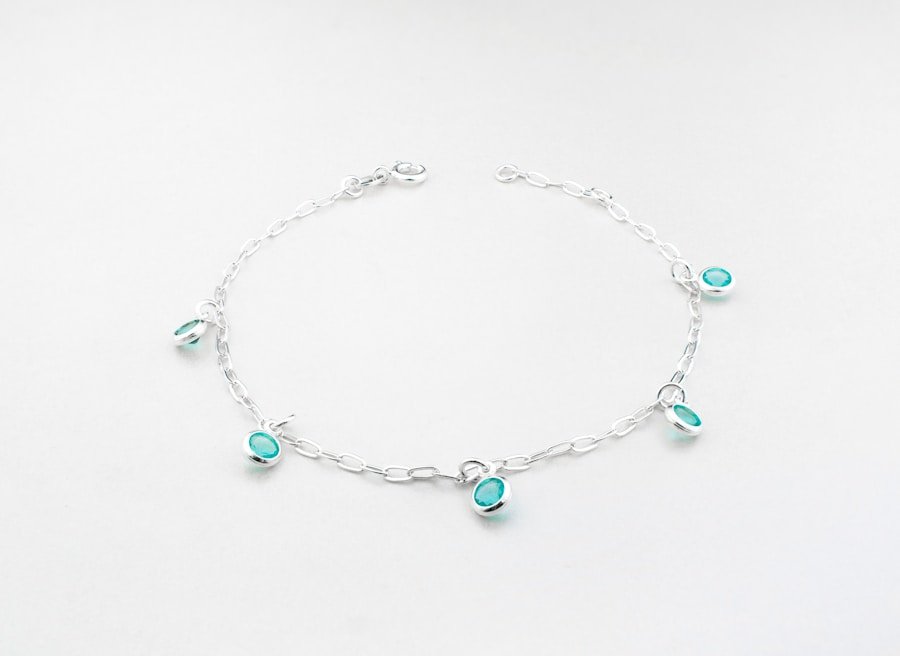When hiking with a child, safety and comfort are paramount considerations. A child carrier is an essential piece of equipment that can significantly impact the success of your outdoor adventure. A safe and comfortable child carrier ensures the security and support of your child as you navigate challenging terrain and uneven paths, allowing you to focus on the hike without worrying about their well-being.
In addition to safety, a comfortable child carrier can greatly enhance your hiking experience. A well-designed carrier distributes the weight of your child evenly, reducing strain on your back and shoulders. It also provides adequate padding and support for your child, enabling them to enjoy the journey as much as you do.
With the right child carrier, you can create lasting memories with your child on memorable hiking adventures, fostering a lifelong appreciation for the outdoors from a young age.
Key Takeaways
- Safety and comfort are the most important factors to consider when choosing a child carrier for hiking.
- Look for key features such as a sturdy frame, padded straps, adjustable harness, and sun/rain protection when selecting a child carrier for hiking.
- Consider different types of child carriers such as framed backpacks, soft-structured carriers, and slings to find the best option for your hiking needs.
- Properly fitting and adjusting the child carrier is crucial for both the child’s safety and the wearer’s comfort during hiking.
- Always consider safety precautions such as checking the carrier’s weight limit, staying hydrated, and taking breaks when using a child carrier for hiking.
Key Features to Look for in a Child Carrier for Hiking
Safety First
Safety should be your top priority. Look for a carrier with a sturdy frame and reliable harness system to ensure that your child is secure at all times.
Comfort and Fit
Adjustable straps and buckles are also essential for achieving a proper fit and preventing any discomfort for both you and your child. Additionally, a padded hip belt and shoulder straps can make a significant difference in distributing the weight and reducing strain on your body during long hikes.
Ventilation and Storage
Another important feature to look for is ventilation. Hiking in warm weather can be uncomfortable for both you and your child, so a carrier with breathable mesh panels and moisture-wicking materials can help keep you both cool and dry. Storage options are also worth considering, as having enough space to carry essentials such as water, snacks, and extra clothing can make your hiking experience more enjoyable.
Weather Protection
Finally, look for a child carrier with a sunshade or rain cover to protect your little one from the elements, ensuring their comfort and safety in any weather conditions.
Comparing Different Types of Child Carriers for Hiking
There are several types of child carriers available for hiking, each with its own set of advantages and disadvantages. Soft-structured carriers, also known as framed carriers, are popular for their ease of use and comfort. They typically feature a lightweight aluminum frame, padded shoulder straps, and an adjustable harness system for your child.
These carriers are versatile and suitable for various outdoor activities, making them a great option for families who enjoy hiking as well as other adventures. On the other hand, framed backpack carriers offer more support and stability, making them ideal for longer hikes and more challenging terrain. These carriers feature a rigid frame that provides excellent weight distribution and support for both you and your child.
However, they tend to be bulkier and heavier than soft-structured carriers, so they may not be as convenient for quick outings or travel. Finally, there are also hybrid carriers that combine the best of both worlds, offering the comfort of soft-structured carriers with the added support of framed backpack carriers. Consider your hiking needs and preferences to determine which type of child carrier is best suited for your adventures.
Tips for Properly Fitting and Adjusting a Child Carrier for Hiking
| Child Carrier Feature | Description |
|---|---|
| Weight Capacity | The maximum weight the carrier can hold, typically ranging from 40 to 60 pounds. |
| Sun Protection | Does the carrier have a sunshade or canopy to protect your child from UV rays? |
| Adjustable Straps | Are the shoulder and waist straps adjustable for a comfortable fit for the wearer? |
| Storage | Does the carrier have pockets or compartments for storing essentials like snacks, water, and diapers? |
| Safety Features | What safety features does the carrier have, such as a 5-point harness or padded head support? |
| Comfort for Child | Is the carrier padded and ergonomic to ensure your child’s comfort during long hikes? |
| Comfort for Wearer | Is the carrier designed with padded straps and a supportive waist belt for the wearer’s comfort? |
Proper fitting and adjustment are crucial when using a child carrier for hiking. A poorly fitted carrier can cause discomfort and strain on your body, as well as compromise your child’s safety and comfort. Start by adjusting the shoulder straps to ensure that the carrier sits comfortably on your back and distributes the weight evenly.
The hip belt should sit snugly around your hips, taking most of the weight off your shoulders and back. Make sure the harness system is securely fastened around your child, with enough room for them to move comfortably without feeling restricted. It’s also important to check the leg openings and foot stirrups to ensure that your child’s legs are properly supported and not dangling uncomfortably.
Take the time to make any necessary adjustments before setting off on your hike, as small tweaks can make a big difference in your overall comfort and enjoyment. Additionally, practice putting on and taking off the carrier with your child before hitting the trails to familiarize yourself with the process and ensure a smooth experience during your hike.
Safety Precautions to Consider When Using a Child Carrier for Hiking
While child carriers are designed with safety in mind, there are still precautions to consider when using them for hiking. Always ensure that your child is securely fastened in the carrier before setting off on the trail, and regularly check the harness system throughout your hike to make sure it remains properly adjusted. Be mindful of low-hanging branches, rocky terrain, and other potential hazards that could pose a risk to your child while in the carrier.
It’s also important to take breaks and allow your child to stretch their legs periodically, especially on longer hikes. Keep an eye on their comfort level and be prepared to make adjustments as needed to ensure they remain happy and content throughout the journey. Finally, be mindful of your own physical limitations when using a child carrier for hiking.
Take breaks as needed, stay hydrated, and listen to your body to prevent overexertion and fatigue.
Reviews and Recommendations for the Best Child Carriers for Hiking
Comfort and Support
The Osprey Poco AG Plus Child Carrier is a popular choice known for its comfort, support, and durability. It features an adjustable torso length, ventilated back panel, and built-in sunshade, making it an excellent option for long hikes in various weather conditions.
Versatility and Storage
Another highly recommended carrier is the Deuter Kid Comfort Pro Child Carrier, which offers exceptional support and stability for both you and your child. It features an ergonomic design, adjustable seat height, and ample storage options, making it a versatile choice for families who enjoy extended outdoor adventures.
Custom Fit and Adjustability
The Thule Sapling Elite Child Carrier is also worth considering, with its fully adjustable back panel, hip belt, and shoulder straps for a custom fit that ensures maximum comfort on the trail.
How to Make the Most of Your Hiking Adventures with a Child Carrier
Hiking with a child carrier can be an incredibly rewarding experience that allows you to share your love of the outdoors with your little one. To make the most of your hiking adventures, consider choosing family-friendly trails that are suitable for all skill levels and offer scenic views or points of interest along the way. Plan your hike around your child’s schedule to ensure they are well-rested and in good spirits before hitting the trail.
Take breaks as needed to allow your child to explore their surroundings and engage with nature, whether it’s stopping to admire a beautiful view or taking a short detour to investigate an interesting rock formation or wildlife sighting. Encourage their curiosity and sense of wonder by pointing out different plants, animals, and natural features along the trail. Finally, don’t forget to capture the special moments with photos or videos to document your hiking adventures together.
In conclusion, choosing the safest and most comfortable child carrier for hiking is essential for ensuring an enjoyable outdoor experience for both you and your little one. By understanding the importance of safety and comfort, considering key features when selecting a carrier, properly fitting and adjusting it, taking safety precautions, exploring top-rated options, and making the most of your hiking adventures, you can embark on memorable journeys with your child while instilling a love for nature from an early age. With the right child carrier in tow, you can create lasting memories and foster a lifelong appreciation for the great outdoors.
FAQs
What are the key factors to consider when choosing a child carrier for hiking?
Some key factors to consider when choosing a child carrier for hiking include the carrier’s weight capacity, comfort for both the child and the wearer, safety features such as a secure harness and sturdy frame, and storage options for essentials like water and snacks.
What are the safety features to look for in a child carrier for hiking?
Safety features to look for in a child carrier for hiking include a secure and adjustable harness system, a sturdy and stable frame, padded and adjustable straps for the wearer, a sun/rain hood for weather protection, and a kickstand for stability when setting the carrier down.
What are the different types of child carriers for hiking?
There are several types of child carriers for hiking, including framed backpack carriers, soft-structured carriers, and hiking backpacks with a child carrier option. Each type has its own set of features and benefits, so it’s important to consider your specific needs and preferences.
How do I ensure that a child carrier for hiking is comfortable for both my child and me?
To ensure that a child carrier for hiking is comfortable for both your child and you, look for padded and adjustable straps, a supportive and adjustable harness system for your child, a padded and ventilated back panel for the wearer, and adjustable hip and chest straps for proper weight distribution.
What are some additional features to consider when choosing a child carrier for hiking?
Some additional features to consider when choosing a child carrier for hiking include storage options for essentials like water, snacks, and extra clothing, a removable and washable drool pad for your child, a hydration reservoir sleeve, and compatibility with a sun/rain cover.













